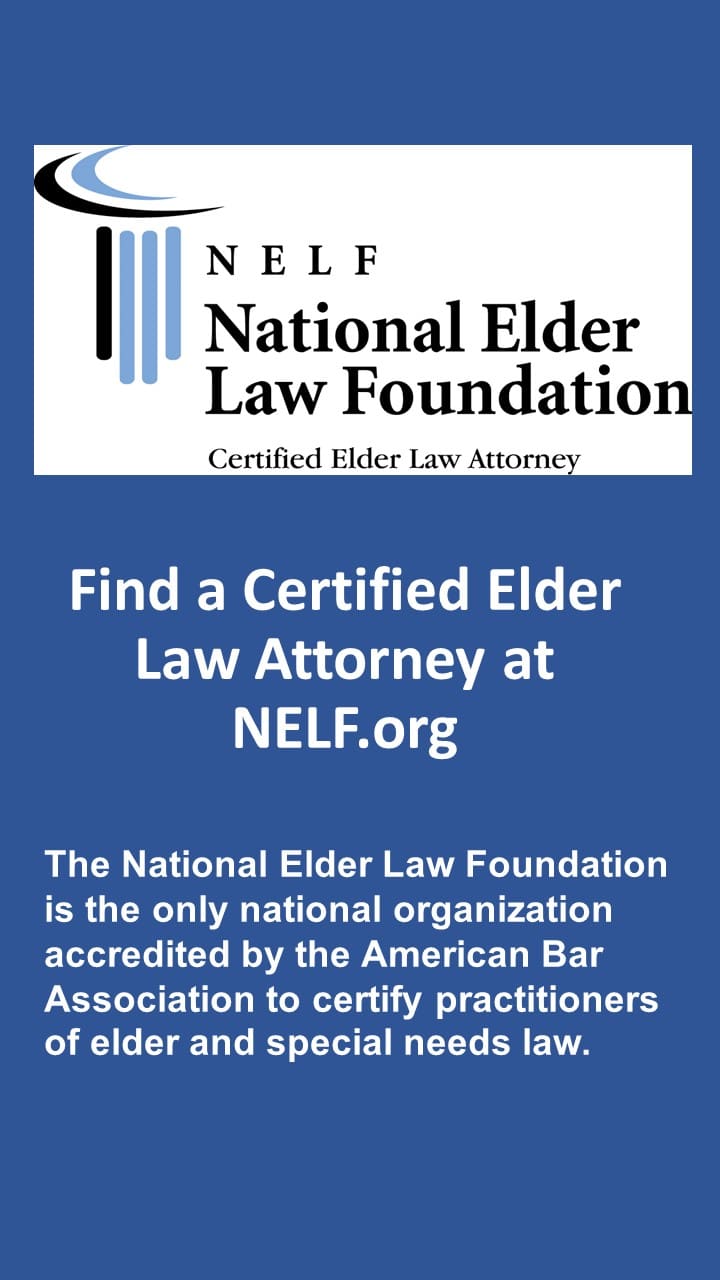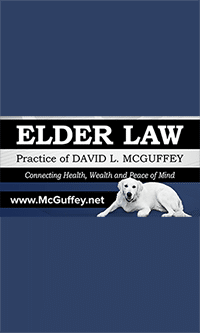H.R. 2617, commonly known as the Consolidated Appropriations Act, 2023 (which includes the SECURE Act 2.0), amended provisions in the tax code to allow special needs trusts to leave remaining funds in a retirement account to a charitable organization. The Bill became Law when signed by President Biden on December 29, 2022. The Senate Summary of the Act states: “Section 337 clarifies that, in the case of a special needs trust established for a beneficiary with a disability, the trust may provide for a charitable organization as the remainder beneficiary. Section 337 is effective for calendar years beginning after the date of enactment of this Act.” Section 337 is referred to as the “Special Needs Trust Improvement Act of 2022.” Click here for Section 337 of the Act.
“Parents with children experiencing disabilities have unique considerations when writing a will,” said Senator Hassan.“When designating beneficiaries for a Special Needs Trust, parents will often name a second beneficiary, such as their child’s service provider. This bipartisan bill will extend flexibility to these families, ensuring that parents have peace of mind that their wishes will be honored and that their children will get the care that they need.” “Families across Illinois and the United States do everything to support their loved ones with disabilities and special needs. I’m proud to say that this bipartisan legislation will support those families in caring for their loved ones and will ensure a strong financial future for them and their families,” said Congressman Schneider. “Many families make the decision to designate charitable organizations for their loved one’s health service provider as beneficiaries for their Special Needs Trust. I look forward to passing this common-sense legislation, and I will continue to advocate for all of our neighbors with special needs and their families to live lives filled with security, dignity, and happiness.”
Under prior law, if a trust is a retirement account beneficiary and the trust is not a see-through trust (meaning there’s a “designated beneficiary”), then all sums remaining in the account following the death of the account owner must be distributed within five years. In a 2014 article, Special Needs Aliance member Lisa Nachmias Davis described the problem as follows: “Suppose your trust names your child as beneficiary during lifetime, but on your child’s death, the trustee is to distribute the remaining trust property to the National Alliance on Mental Illness (NAMI). Will the rules let you “look through” the trust to your child as DB and allow the trustee to “stretch” the required minimum distributions over your child’s life expectancy? Unfortunately, no. The IRS will look through and see not only your child but NAMI, with a net life expectancy of zero, and will require payout to the trust over five years (if you die before your RBD) or your remaining life expectancy (if you die after your RBD).”
SECURE 1.0 altered the rules for distributing inherited retirement accounts, in most cases requiring payout within 10 years. However, it allowed limited exceptions: spouses and disabled individuals could qualifiy as “eligible designated beneficiaries” and have lifetime stretch payments. When determining whether an SNT beneficiary is an eligible designated beneficiary, Internal Revenue Code (IRC) Section 72(m)(7) which states “…an individual shall be considered to be disabled if he is unable to engage in any substantial gainful activity by reason of any medically determinable physical or mental impairment which can be expected to result in death or to be of long-continued and indefinite duration.” Unfortunately, the original SECURE Act still did not allow the IRS to treat charities as designated beneficiaries, so a charity could not be named as the remainder beneficiary. The Special Needs Trust Improvement Act changes that rule. Charities can now be designated beneficiaries of retirement accounts paid to a special needs trust and can receive any remaining funds after the death of the disabled SNT beneficiary. The new rule applies to calendar years after the date of enactment, meaning its effective beginning in 2023.
Among other key provisions, the SECURE ACT 2.0 changed the following:
- The age to start taking RMDs increases to age 73 in 2023 and to 75 in 2033.
- The penalty for failing to take an RMD will decrease to 25% of the RMD amount, from 50% currently, and 10% if corrected in a timely manner for IRAs.
- Starting in 2024, RMDs will no longer be required from Roth accounts in employer retirement plans.
- Catch-up contributions will increase in 2025 for 401(k), 403(b), governmental plans, and IRA account holders.
- Defined contribution retirement plans will be able to add an emergency savings account associated with a Roth account.







